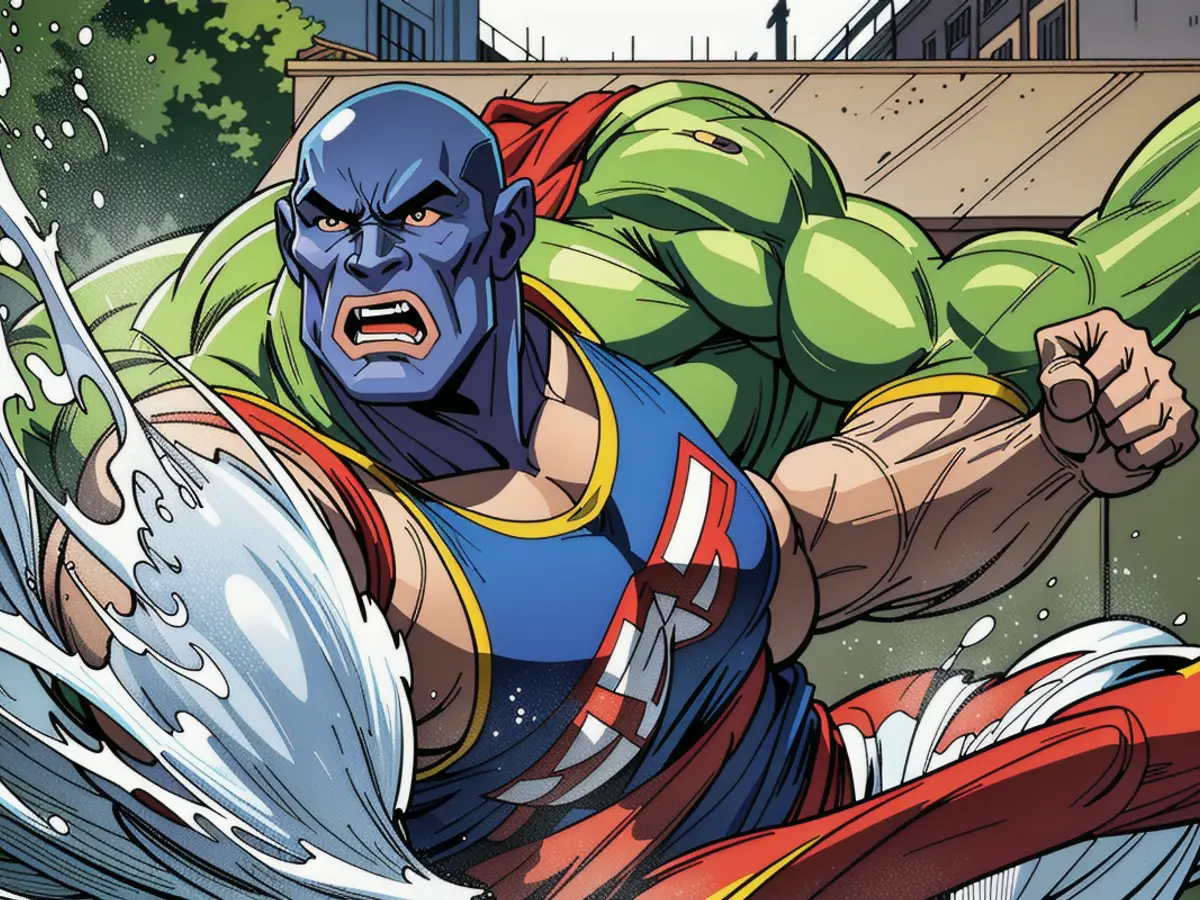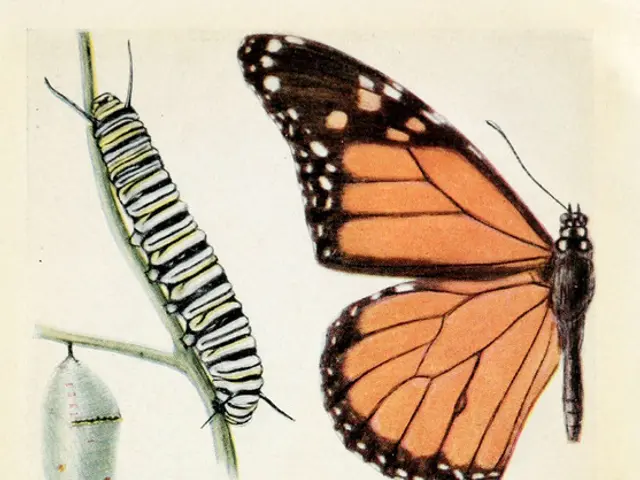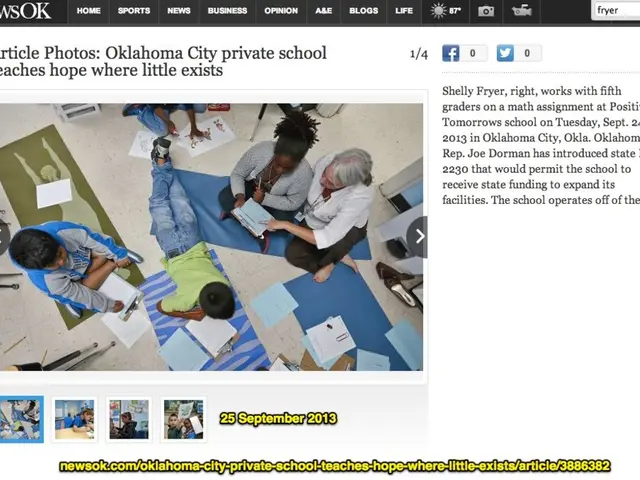In an Unprecedented Medical Development, a Young French Bulldog Experiences Regrowth of its Lower Mandible Independently
In an extraordinary turn of events, a 3-month-old French Bulldog named Tyson has astonished veterinarians at Cornell University with his incredible recovery. A case study published in Frontiers in Veterinary Science details how Tyson regenerated most of his lower left jaw following its removal to treat cancer, making him the first canine on record to experience such a miracle. Remarkably, Tyson continues to be cancer-free to this day.
The report reveals that Tyson was due for a surgical repair of a cleft palate in the spring of 2023 when his primary vet discovered a malignant tumor along his left jaw. A biopsy revealed the tumor to be oral papillary squamous cell carcinoma, the second most common type of oral cancer in dogs. Although surgery is the standard treatment for these cancers, the tumor's position made it necessary to remove much of Tyson's lower left jaw, and there was initial uncertainty about whether the cancer had progressed sufficiently to render surgery ineffective. Fortunately, subsequent tests revealed that the cancer had not spread elsewhere, creating a promising outlook for Tyson's recovery.
After seeking permission from Tyson's family, the vets proceeded with the surgery. Post-surgery, Tyson experienced no major complications, and the missing jaw began to regenerate remarkably, with bone regrowth occurring within eight weeks. While there have been reports of human jaw regeneration following surgeries or injuries, and tales of young dogs growing back small portions of their jaws, this is believed to be the first documented case of jaw regeneration in a dog following oral cancer surgery.
Referring to Tyson's recovery, Melissa Forsythe, one of his owners, stated, "We had no idea his jaw would grow back."
According to the report authors, the primary factors contributing to Tyson's remarkable recovery are his young age and the preservation of most of the jaw's periosteum, a thin membrane layer covering bone that supplies its blood vessels. However, the specific mechanisms behind the regeneration remain a mystery.
Alexandra Wright, the study author and a dentistry and oral surgery resident at Cornell who oversaw Tyson's care, expressed hope in understanding the potential for similar regeneration in other dogs. She stated, "More research needs to be conducted to determine the likelihood of this occurring in other dogs, and if a specific age range may play a role."
Tyson underwent another surgery to repair his cleft palate, which was successful. While his new jaw lacks some functionality due to missing teeth, it is just as long as his right side and is also healthy. So far, there is no evidence of the cancer's return. A testament to his resilience, Tyson has participated in an obedience class and marched in a Christmas parade.
Both Tyson's family and the vets hope that his story may one day inspire developments in canine cancer treatment.
As Wright puts it, "Tyson's case now demonstrates the potential for complete bone regeneration in patients this young."
The astonishing recovery of Tyson has sparked curiosity in the field of veterinary science, as researchers now wonder if similar jaw regeneration could be possible in older dogs or other species with oral cancer. Moreover, the future of可ine cancer treatment may be shaped by understanding the mechanisms behind Tyson's remarkable regenerative abilities.








